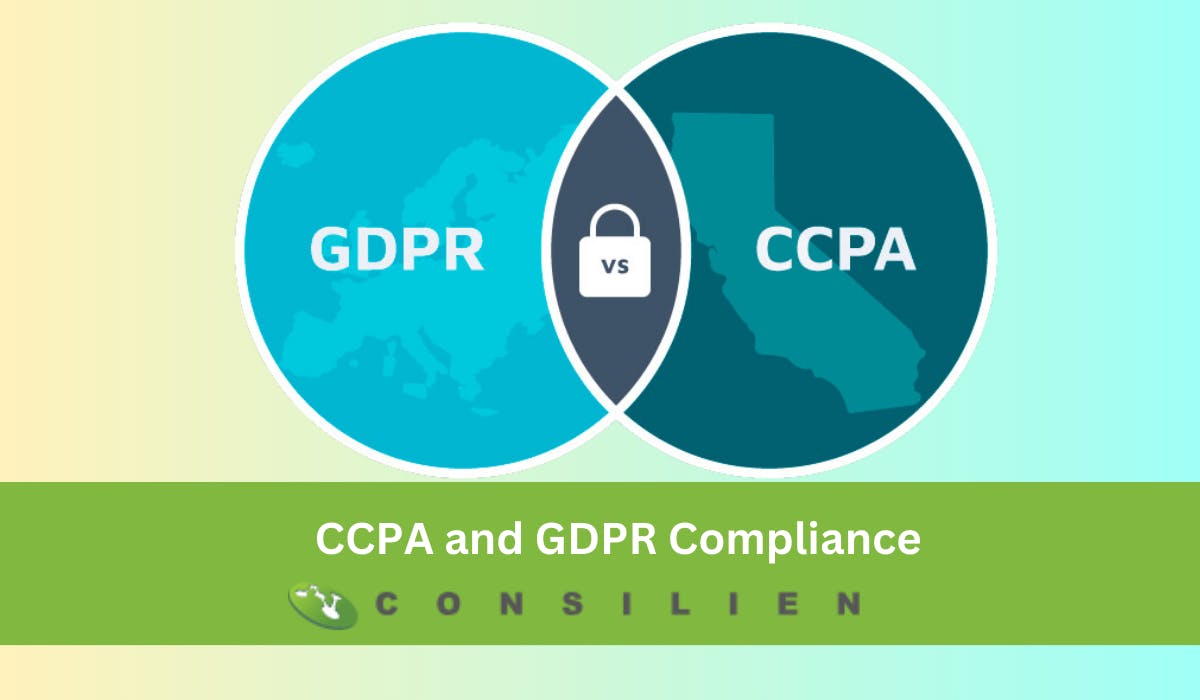Introduction to Data Privacy in the AI Era
The rise of generative AI and large language models has attracted significant attention to data privacy concerns, as these technologies rely on vast quantities of training data. This reliance raises questions about how personal data is collected, used, and stored, triggering both innovation and regulatory scrutiny. As noted by Osano, AI systems are rapidly evolving while simultaneously putting pressure on existing privacy paradigms by using data sources that often include personal and sensitive information[1]. In this context, businesses and regulators alike are rethinking traditional privacy approaches to protect individual rights in an age of technological disruption[1].
Major Regulations: GDPR, CCPA, and Global Approaches
The European Union's General Data Protection Regulation (GDPR) and the California Consumer Privacy Act (CCPA) remain the benchmark for data protection. GDPR provides a comprehensive framework that applies to any organization processing personal data of EU citizens, emphasizing principles such as lawfulness, transparency, and accountability[10]. In contrast, CCPA focuses on California residents by granting rights such as access, deletion, and the ability to opt out of the sale of personal information, while its evolving amendment CPRA further expands these rights to include sensitive personal information and limits on automated decision-making[7].
Global regulatory landscapes are also shifting. As highlighted by Novatiq, approximately 71% of countries have enacted legislation around data privacy, with many following in the footsteps of GDPR[3]. In the United States, a number of states have introduced innovative privacy laws, and legislative proposals like the American Privacy Rights Act (APRA) are under discussion, underscoring the growing trend toward stricter enforcement and a state-driven approach to data privacy[2].
Compliance Checklists and Best Practices for Businesses
Businesses operating in a multi-jurisdictional environment must adopt a proactive approach to ensure they comply with these regulations. A comprehensive compliance checklist includes:
• Conducting data mapping to understand the flow of personal data from collection to storage and sharing[2]
• Updating privacy policies and consumer notices so they clearly state what personal data is collected, how it is used, and under what circumstances it might be shared[8]
• Regularly performing privacy impact assessments (PIAs) and risk evaluations when launching new features or updating AI systems to identify potential negative effects on consumer rights[1]
• Maintaining robust security measures such as encryption, controlled access, and regular monitoring to help prevent data breaches and mitigate associated risks[10]
• Ensuring that contractual clauses and vendor agreements include clear data processing and transfer obligations[2]
• Offering consumers transparent and accessible mechanisms to exercise their privacy rights, including the right to opt out and request deletion[7].
Emerging Legislative Proposals and Global Trends
As we progress further into the digital age, legislative proposals continue to shape the data privacy landscape in parallel with the rise of AI. In Europe, the EU AI Act, which will officially begin to be enforced soon, categorizes AI systems by risk and imposes stringent requirements for high-risk applications, ensuring transparency and safeguarding user data[3] Meanwhile, U.S. states such as Colorado and California are enacting comprehensive AI and privacy legislations with provisions tailored to address algorithmic discrimination and consumer protection[2]. Globally, countries in Asia-Pacific and Latin America are beginning to adopt or update data privacy regulations, often drawing inspiration from the EU model, while debates continue regarding the harmonization of these laws with emerging AI standards[15] Additionally, as the Brussels Effect persists, jurisdictions such as South Korea and Brazil are moving forward with regional AI and privacy policies that mirror established European safeguards[15].
Avoiding Costly Penalties Through Effective Compliance
Noncompliance with robust data protection regulations such as GDPR can result in severe penalties, including fines that may reach up to €20 million or 4% of global turnover, as demonstrated by enforcement actions against major corporations[11] Similarly, violations under the CCPA can trigger fines ranging from $2,500 to $7,500 per violation, with repeated breaches incurring even steeper penalties[7]. Enforcement agencies are increasingly leveraging these penalties as a deterrent, and proactive compliance measures—such as regular audits, timely risk assessments, and thorough training of staff—are essential to avoiding costly legal battles and reputational harm[12]. By investing in compliance infrastructure and staying updated with legislative changes, companies can safeguard themselves against both financial penalties and loss of customer trust[10].
Conclusion and Strategic Recommendations
Navigating the complex interplay between generative AI and data privacy requires a thorough understanding of multiple regulatory frameworks across jurisdictions. Global firms must implement comprehensive compliance programs that address specific requirements under GDPR, CCPA, and other emerging regulations while continuously monitoring legislative developments and enforcing robust security protocols. As regulators focus on transparency, accountability, and the ethical use of AI, businesses that proactively adapt to these changes will be best positioned to mitigate risks and avoid steep penalties. Ultimately, a proactive, informed approach to data privacy not only protects individual rights but also fosters an environment in which technological innovation can thrive safely and responsibly[14].
Get more accurate answers with Super Pandi, upload files, personalized discovery feed, save searches and contribute to the PandiPedia.
Let's look at alternatives:
- Modify the query.
- Start a new thread.
- Remove sources (if manually added).






.webp)
![CCPA vs GDPR. What’s the Difference? [With Infographic] - CookieYes CCPA vs GDPR. What’s the Difference? [With Infographic] - CookieYes](https://www.cookieyes.com/wp-content/uploads/2022/02/ccpa-vs.-gdpr-1.png)
![The CCPA Compliance checklist [Updated 2025] - Securiti The CCPA Compliance checklist [Updated 2025] - Securiti](https://media.securiti.ai/wp-content/uploads/2023/05/ccpa-compliance-checklist-banner.jpg)